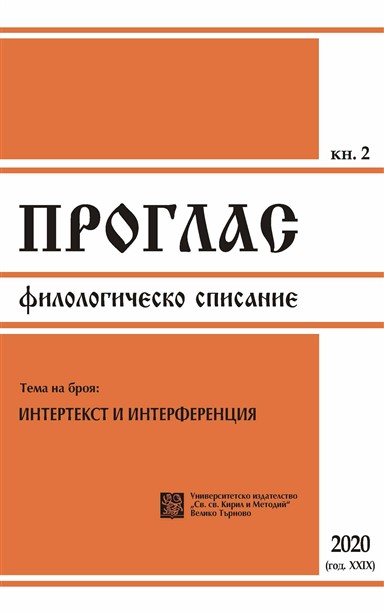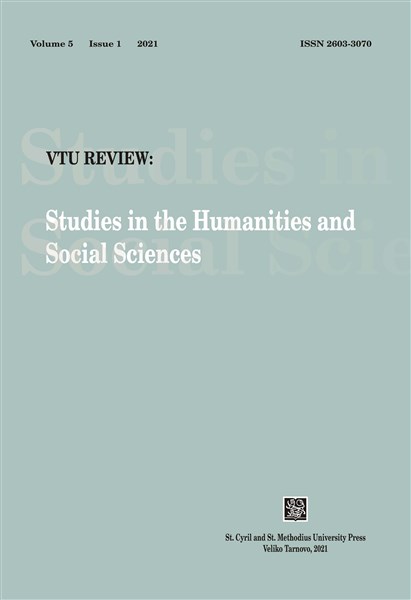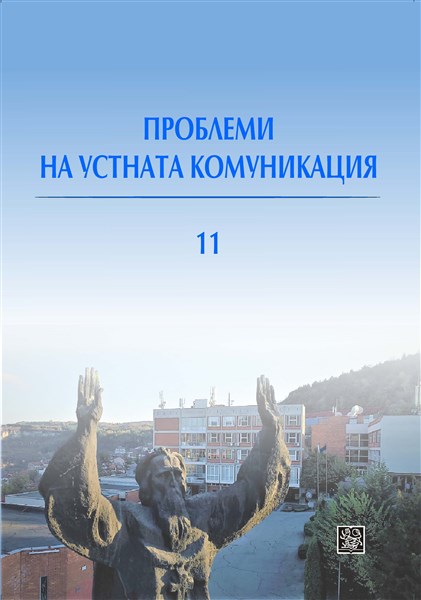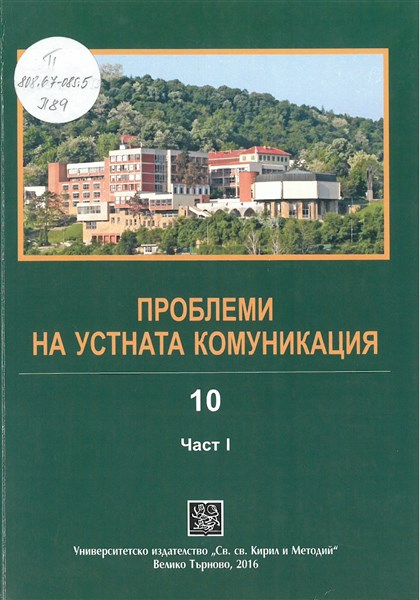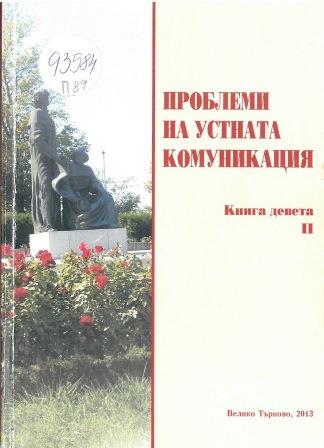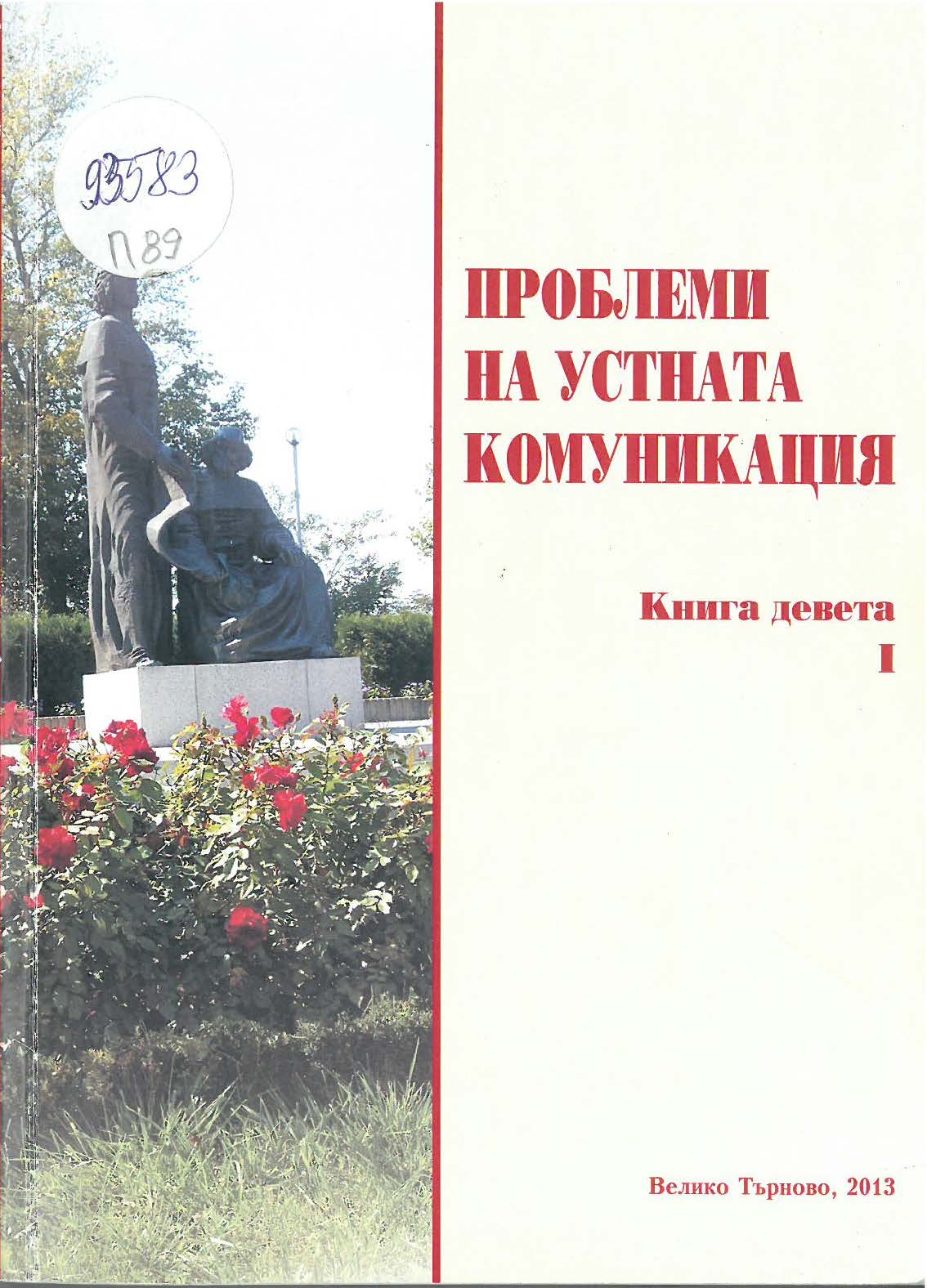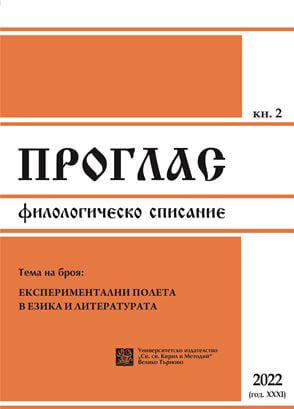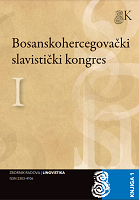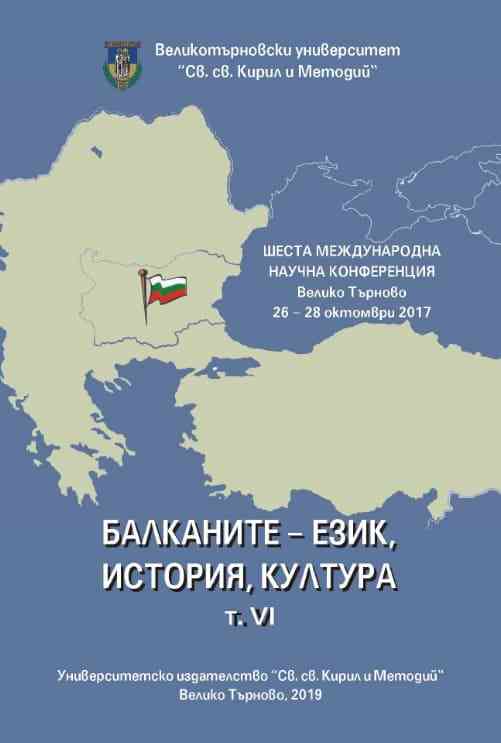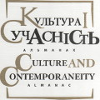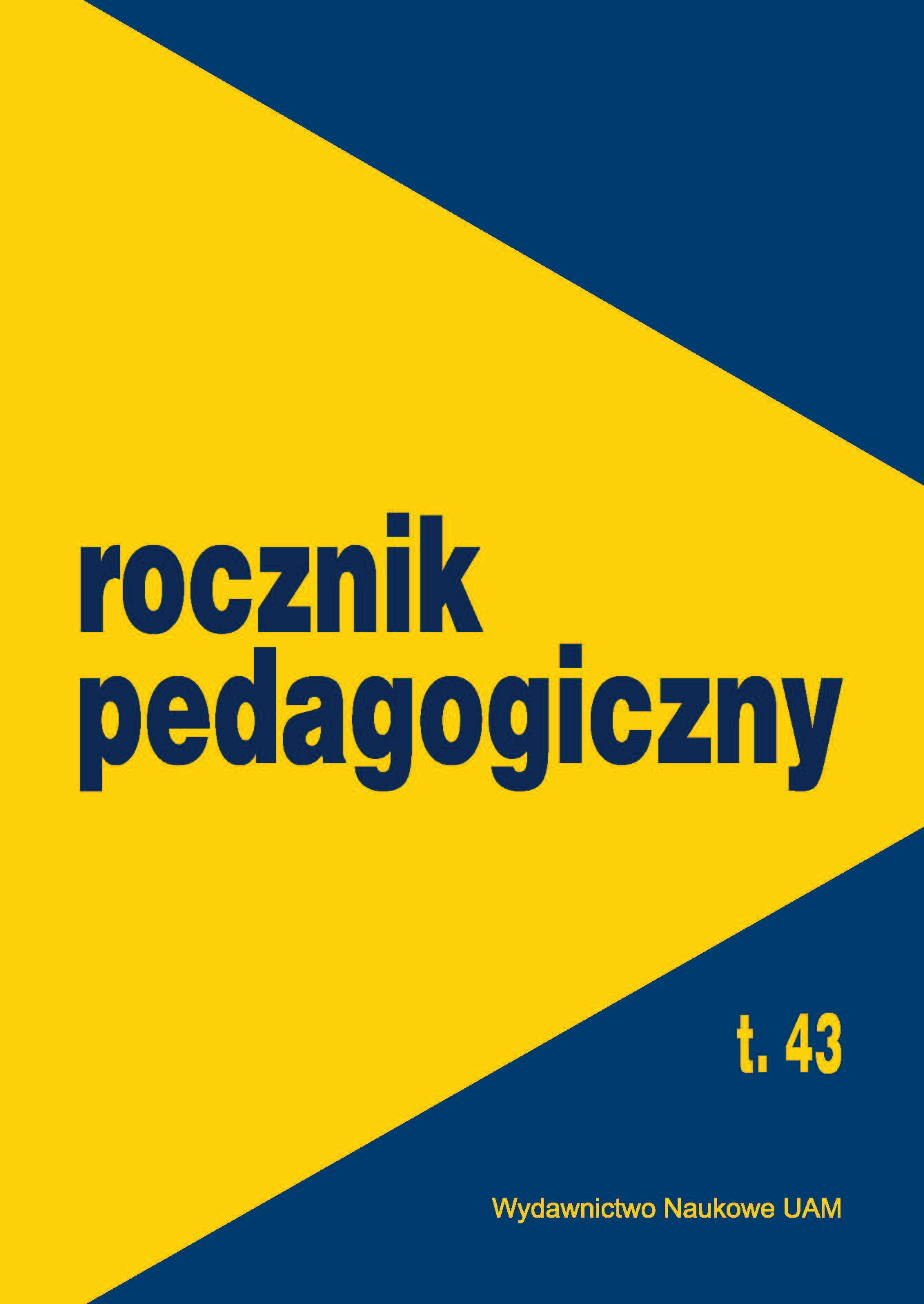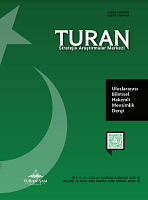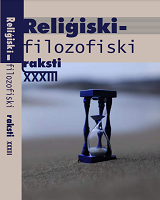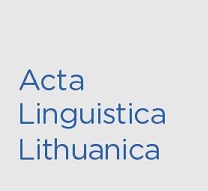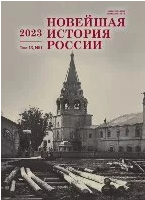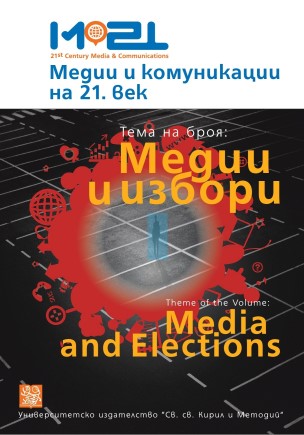
Медийният политически дискурс, или как корупцията на езика еволюира
The subject of the paper is the inevitable, utilitarian and effective symbiosis between power and language, which is a main precondition for the conversion from „language of power” to „language power”. „Cryptic language” is the basic mechanism by which „language of power” systematically and creatively modifies itself into „language power”, and corruption of language becomes corruption by language. Thus, logical, deductive, and conceptual thinking are neglected at the expense of emotions, imagination and sensory activity. This mechanism is a function of skilful and permanent interaction between media discourse and political discourse. It is an indisputable and eloquent manifestation of one of the new functions of language – realization of a hidden and intentional manipulative influence on the feelings, adjustments, prejudices, beliefs, thinking, and ultimately – on the societal behaviour.
More...
